New Palm Pre apps underscore Apple's iPhone limitations
While third-party apps are being trumpeted as the iPhone's strength, key Palm Pre demos this week were designed to highlight their restrictions by taking advantage of those precise things that Apple won't allow.
The most advanced was Pandora's Internet radio app. On an iPhone OS device, the music service is partly neutered by Apple's refusal to allow true background tasks, preventing users from listening to streams while they run other chores; on the Palm Pre, Pandora not only runs in the background but hooks into the always-on notification bar to let listeners approve or dismiss songs without having to even switch active tasks.
Sunnyvale, Calif.-based Palm also underlined Apple's refusal to permit interpreting code within tjhird-party apps by showcasing an emulator that does just this. Mobile software developer MotionApps released an app known as Classic that, much as with Apple's own Classic that was present in Mac OS X until Leopard, recreates the entire working environment for an older operating system. In the case of webOS, it lets Pre users run PalmOS apps near full speed and as just one of any other, native apps that can be running at the same time.
MotionApps' Classic running with Pandora controls in the notification bar.
A less dramatic but still noteworthy demo emphasized the ability for apps to cross-pollinate contacts, calendars and other information in its Synergy framework. One of the more popular iPhone movie app developers, Fandango, has built a webOS port that not only enables buying movie tickets online but which will automatically book off the movie's running time for a calendar appointment without having to leave the software itself. iPhone apps are more limited in which apps they can touch and must quit to let the receiving app load the new content. It won't be until iPhone OS 3.0 that users can e-mail a note or a discovery without first exiting the current process.
All webOS apps, regardless of nature, are treated equally and in a special manager appear as "cards" — essentially live, individual programs that can be quit with a flicking motion.
Apple has long justified its decisions on what third-party apps can and can't do as attempts to maintain security and speed on its still young mobile OS. By halting third party apps from running their own, separate programs and limiting their other privileges in the operating system, Apple hopes to prevent malware from spreading through rogue iPhone apps. It likewise points to tests of rivalling operating systems like Windows Mobile which showed major reductions in battery life by letting software run completely active while still in the background.
The iPhone maker's planned background push notification for iPhone OS 3.0 will solve some of this by permitting apps that need to receive alerts, such as instant messaging clients, to send alerts through an online channel of information. But by requiring an active Internet connection and declining to let the programs themselves run, Apple has not only denied the system to iPhone and iPod touch owners without Internet links but has prevented games and some other non-alert programs from running as expected.
Regardless of what the Pre and webOS may do correctly for app developers, however, timing may potentially sink Palm's success in attracting developers as wells as Palm owners. Palm and Sprint continue to cling to a "first half of 2009" release date in spite of more than half of that time already having disappeared. With a late spring launch now the most likely, Palm may have to contend directly with Apple's third-generation iPhone launch expected at or around WWDC in June.
 Katie Marsal
Katie Marsal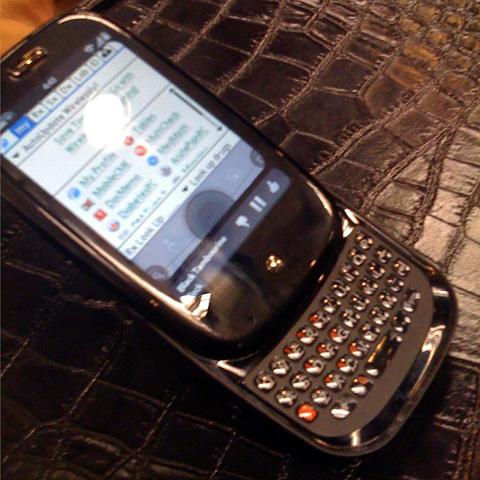
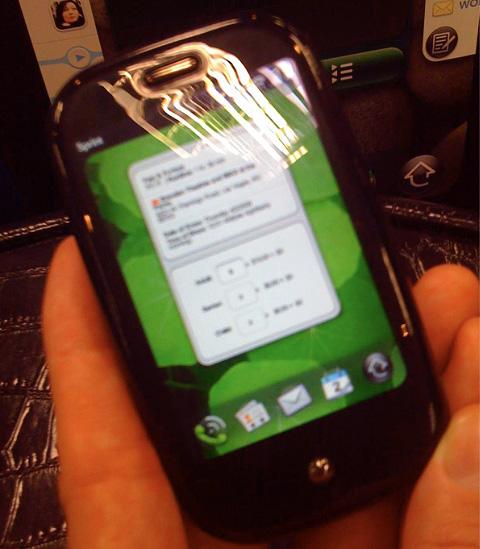

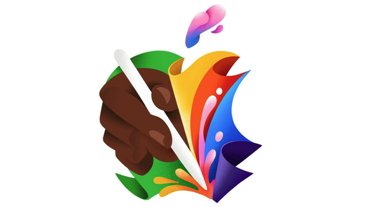









 William Gallagher
William Gallagher
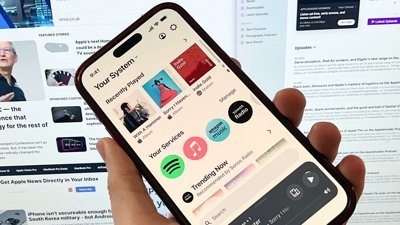
 Malcolm Owen
Malcolm Owen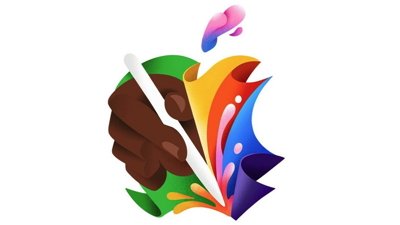
 Mike Wuerthele
Mike Wuerthele











